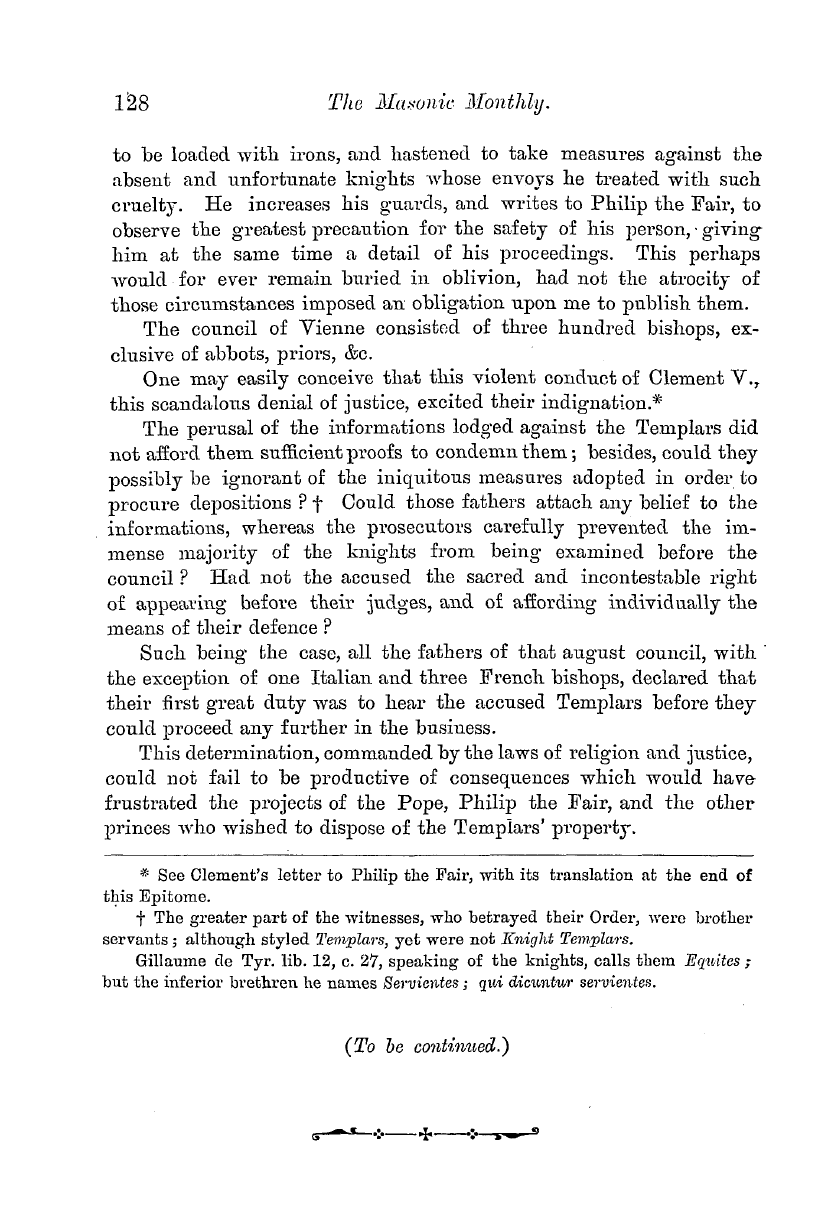Note: This text has been automatically extracted via Optical Character Recognition (OCR) software.
The Legend Of The Introduction Of Masons Into England.
the time of Benedict were buildings of stone [ buildings with regular courses of stone ] seen in Britain , nor did the solar ray cast its light through the transparent glass . " It AA ould be more correct probably to translate " neque enim " by " neither , " instead of " very rarely , " by which alteration perfect sense is obtained .
Florence of Worcester , who died in 1118 , is a very late authority , and can hardly do more than repeat the words of his predecessors . In fact , the portions relating to England that he inserted in the work of Marianus are in the earlier part taken from Bede , the " Saxon Chronicle , " and "Asser ' s Life of Alfred . "
His opening sentence is the history of the stone wall built by the Romans in place of that built of turves by the Britons . Like Bede * he states that Benedict Biscop went six times to Rome , but has only a casual mention of the foundation of the monastery . Of these visits I have already printed some account in the first part of
this paperf In the Charter of Edgar , granted in A . D . 974 , or 688 years after the time of St . Alban , and 300 years after the building of the abbey of Wearmouth and Jarrow by Benedict Biscop , it is not quite clear that only the roofs of the monasteries are referred to . Dr .
Giles thus translates the text of William of Malmesbury , who quotes the charter ^ : — " that I should rebuild all the holy monasteries throughout my kingdom , which as they were outwardly ruinous , with mouldering shingles § and worm-eaten boards , even to the rafters , so , AA hat was still worse , they had become internally neglected , and
almost destitute of the service of God . " The original text reads as follows : || " quseque in regno meo sancta restaurare monasteria qua 3 velut muscivis scindulis cariosisque tabulis tigno tenus visibiliter diruta ; sic , quod majus est , intus a servitio Dei ferme vacua fuerant nes-lecta . "
The use of the words " even to the rafters " after " worm-eaten boards " is very suggestive . In the MS . Register of Malmesbury Abbey , written at the end of the thirteenth or beginning of the fourteenth century preserved in the Public Record Office , and published by order of the Master of the Rolls
Note: This text has been automatically extracted via Optical Character Recognition (OCR) software.
The Legend Of The Introduction Of Masons Into England.
the time of Benedict were buildings of stone [ buildings with regular courses of stone ] seen in Britain , nor did the solar ray cast its light through the transparent glass . " It AA ould be more correct probably to translate " neque enim " by " neither , " instead of " very rarely , " by which alteration perfect sense is obtained .
Florence of Worcester , who died in 1118 , is a very late authority , and can hardly do more than repeat the words of his predecessors . In fact , the portions relating to England that he inserted in the work of Marianus are in the earlier part taken from Bede , the " Saxon Chronicle , " and "Asser ' s Life of Alfred . "
His opening sentence is the history of the stone wall built by the Romans in place of that built of turves by the Britons . Like Bede * he states that Benedict Biscop went six times to Rome , but has only a casual mention of the foundation of the monastery . Of these visits I have already printed some account in the first part of
this paperf In the Charter of Edgar , granted in A . D . 974 , or 688 years after the time of St . Alban , and 300 years after the building of the abbey of Wearmouth and Jarrow by Benedict Biscop , it is not quite clear that only the roofs of the monasteries are referred to . Dr .
Giles thus translates the text of William of Malmesbury , who quotes the charter ^ : — " that I should rebuild all the holy monasteries throughout my kingdom , which as they were outwardly ruinous , with mouldering shingles § and worm-eaten boards , even to the rafters , so , AA hat was still worse , they had become internally neglected , and
almost destitute of the service of God . " The original text reads as follows : || " quseque in regno meo sancta restaurare monasteria qua 3 velut muscivis scindulis cariosisque tabulis tigno tenus visibiliter diruta ; sic , quod majus est , intus a servitio Dei ferme vacua fuerant nes-lecta . "
The use of the words " even to the rafters " after " worm-eaten boards " is very suggestive . In the MS . Register of Malmesbury Abbey , written at the end of the thirteenth or beginning of the fourteenth century preserved in the Public Record Office , and published by order of the Master of the Rolls































































